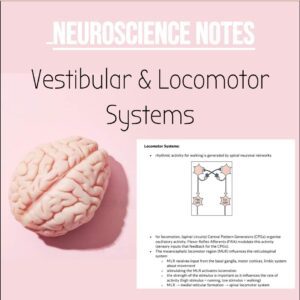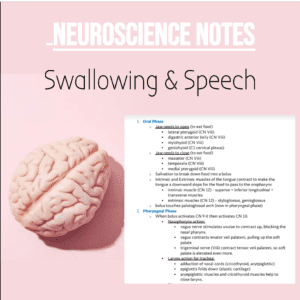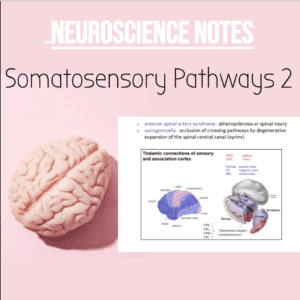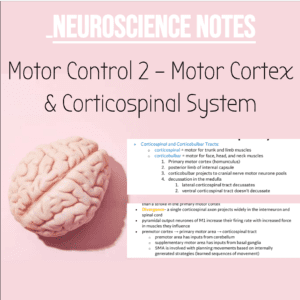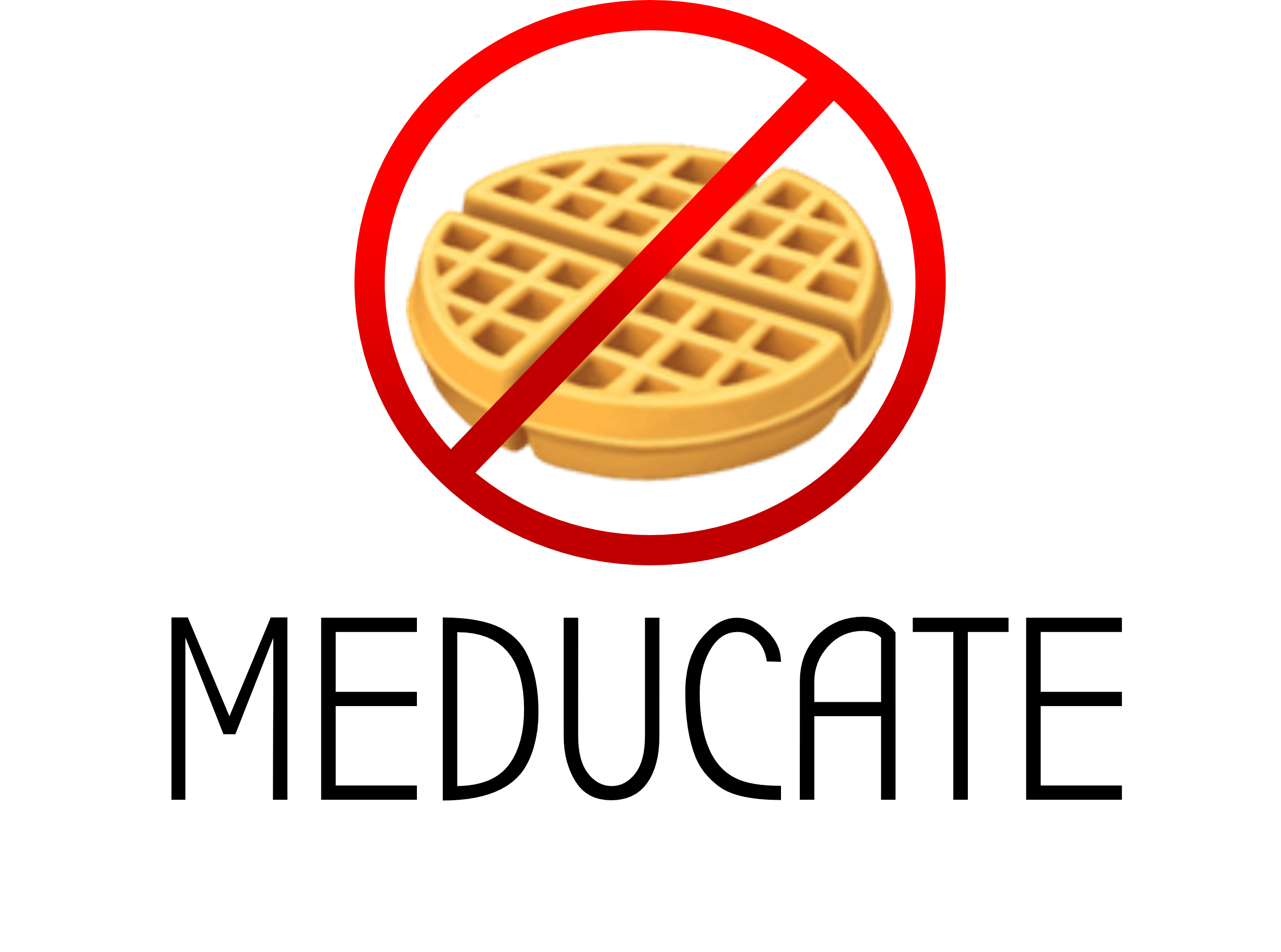 Notes: nsb neuroscience - learning & memory 1
Notes: nsb neuroscience - learning & memory 1
Similar resources:
Y2, Y2Notes, Y2 NSB, Neuro Notes, Neuroscience, Christopher Yeo, Chris Yeo, NSBNeuro
Learning- the acquisition of new information or knowledge
• Memory- the retention of learned information
o Declarative memory- memories or facts that are accessed through
conscious recollection
▪ episodic memory- recalling a specific event in time
▪ semantic memory- remembering an object or a fact
o Non-declarative memory (Procedural memory)- memories that don’t
require conscious recollection (motor skills, emotional memory)
• Retrieval- the process of recalling stored memories
Declarative Memory:
• Short-term memory- lasts for minutes to hours and is easily damaged (by
concussion)
o short-term → long-term memories require consolidation
• Long-term memory- more permanent, can last a lifetime, greater capacity and
is resistant to disturbance
• Working memory- temporary ‘hold’ of information for a moment to use.
capacity is limited
o most people can hold 7 digits in working memory
o Wisconsin card-sorting task
Amnesia- memory loss due to brain insult (concussion, chronic alcoholism, tumours,
stroke)
• Retrograde Amnesia- trauma and then can’t remember memories before the
event
• Anterograde Amnesia- trauma and then can’t form new memories after the
trauma
• in brain injury and disease both types of amnesia are seen together.
• pure retrograde or pure anterograde amnesia is very rare.
• Transient Global Amnesia can result from a Transient Ischaemic Attack
(anterograde amnesia for the duration of the ischaemia with short retrograde
for a few minutes)
Memory:
• prefrontal cortex lesions make people have a bad working memory
• temporal lobes and declarative memory (patient H.M.) – targets the limbic
system (hippocampus)
o rhinal and perirhinal cortex, amygdala, anterior hippocampus are
connected for memory (reciprocal connections make this system an
associative network)
o Delayed Non-Match to Sample (DNMS)- task to test recognition
memory. sensitive to temporal lobe lesions (perirhinal cortex damage
and hippocampus)
N&B Neuroscience: Learning and Memory 1
o Hippocampus hold ‘place cells’ that code for the environment (lesion
means loss of spatial memory)
▪ place cells can develop and form in different environments-
shows plasticity and learning in new environments
• hippocampus → fornix → mammillary bodies → anterior nucleus of thalamus
→ cingulate cortex
• temporal lobe cortex → amygdala → dorsomedial nucleus of thalamus →
prefrontal cortex
o damage to either the anterior or dorsomedial nuclei of the thalamus or
mammillary bodies of the hypothalamus disrupt memory
• Korsakoff’s Syndrome- Vitamin B1 (thiamine) deficiency due to chronic
alcoholism. anterograde amnesia due to degeneration of mammillary bodies
and dorsomedial nuclei of the thalamus
• Alzheimer’s Disease- neurofibrillary tangles (tau) and neuritic plaques
(amyloid) (disease severity correlates with tangles)
o hippocampus and posterior parieto-temporal cortex → nucleus of
Meynerts
o retrograde amnesia (episodic memories affected most) (semantic
memory loss is less
